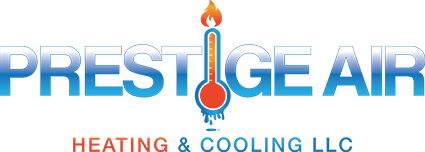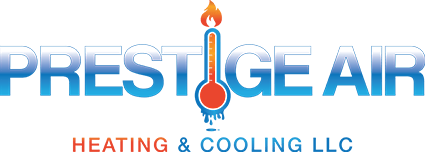Are you tired of your home's high energy bills and inefficient heating and cooling? It's time to consider energy-efficient HVAC upgrades. By making a few strategic changes, you can not only save money but also reduce your carbon footprint. In this blog post, we will guide you through a step-by-step approach to achieving an energy-efficient HVAC system for your home.
Steps for Achieving an Energy-Efficient HVAC System
Assess Your Current System
Before diving into any upgrades, it's important to assess the efficiency of your current HVAC system. An energy audit can help identify areas that need improvement. Consider hiring a professional to conduct an assessment to understand your HVAC system's condition better. To perform a self-assessment, follow these steps:
- Check for air leaks in your ductwork and seal them properly.
- Inspect your insulation and ensure it meets recommended standards.
- Examine your thermostat settings and schedule for optimal efficiency.
Upgrade to High-Efficiency Equipment
Investing in energy-efficient HVAC equipment is crucial for long-term savings. Look for systems with a high Seasonal Energy Efficiency Ratio (SEER) rating for air conditioners and Annual Fuel Utilization Efficiency (AFUE) rating for furnaces. These ratings indicate how efficiently the equipment uses energy.
Consider installing a programmable or smart thermostat to optimize temperature settings and reduce energy wastage. These thermostats allow you to set different temperatures for different times of the day, ensuring your HVAC system is not running unnecessarily.
Improve Airflow and Ventilation
Poor airflow and ventilation can lead to energy loss and discomfort. Ensure that your air filters are clean and replace them regularly. Clogged filters restrict airflow, forcing your HVAC system to work harder and consume more energy.
Consider installing ceiling fans or using portable fans to circulate air effectively. This can help distribute conditioned air evenly throughout your home, reducing the workload on your HVAC system.
Seal and Insulate Your Home
A well-insulated and adequately sealed home is essential for energy efficiency. Insulate your walls, attic, and crawl spaces to prevent heat transfer and maintain a comfortable indoor temperature. Use weatherstripping and caulking to seal any gaps or cracks around windows and doors.
Consider upgrading to energy-efficient windows and doors, which can significantly reduce heat gain or loss. Look for products certified by ENERGY STAR, a government-backed program that promotes energy efficiency.
Schedule Regular Maintenance and Professional Servicing
Maintaining your HVAC system is crucial for its optimal performance and longevity. Schedule regular maintenance checks and tune-ups with a professional HVAC technician. They can identify and fix issues before they become major problems, ensuring your system operates efficiently.
Professional servicing also includes cleaning and lubricating components, checking refrigerant levels, and inspecting electrical connections. This not only improves energy efficiency but also enhances indoor air quality.
Contact Our Professionals At Prestige Air Heating & Cooling, LLC
By following this step-by-step guide, you can transform your HVAC system into an energy-efficient powerhouse. Not only will you save on energy bills, but you will also contribute to a greener future. Remember, energy-efficient HVAC upgrades are an investment that pays off in the long run.
If you're ready to take the next step towards an energy-efficient HVAC system, contact Prestige Air Heating & Cooling, LLC. Our team of experienced professionals can guide you through the upgrade process and ensure your home stays comfortable and efficient. Contact us today! (973) 755-2210


.2309280646550.jpg)